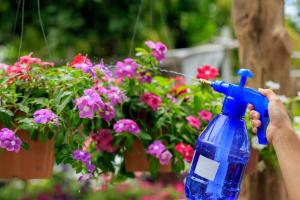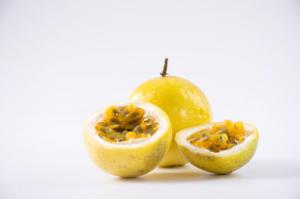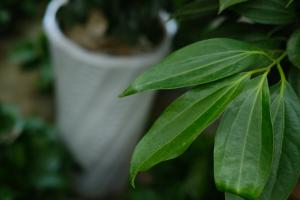Introduction
Air plants, commonly known as Tillandsia, are unique plants that do not require soil to grow. These plants have unique adaptations that allow them to absorb water and nutrients from the air. In this article, we will explore how air plants absorb water and nutrients and how you can care for these fascinating plants.
What Are Air Plants?
Air plants are part of the bromeliad family and can be found in tropical and subtropical regions of the Americas. Unlike other plants, air plants do not have extensive root systems to anchor themselves in soil. Instead, they have evolved to use their leaves to absorb water and nutrients from the air.
How Do Air Plants Absorb Water?
Air plants are able to absorb water through a process called "foliar uptake." This means that they absorb water through their leaves instead of their roots. Air plants have specialized leaf scales called "trichomes" that can absorb water vapor in the air. These trichomes are very efficient at absorbing moisture and can even absorb water from humid air.
To properly water air plants, you can mist them with water every few days or soak them in a bowl of water for a few hours every few weeks. It's important not to water air plants too much, as this can cause the plant to rot. Be sure to allow the plant to dry completely after watering before placing it back in its container.
How Do Air Plants Absorb Nutrients?
Air plants are able to absorb nutrients from the air through a process called "airborne dust capture." This means that they can capture small amounts of nutrients that are present in airborne dust particles. These particles can include minerals like magnesium, calcium, and potassium.
While airborne dust capture can provide some nutrients for air plants, they also require additional nutrients to grow healthy and strong. You can provide additional nutrients by misting the plant with a water-soluble fertilizer once a month or by soaking them in a nutrient solution every few months.
Caring for Air Plants
Air plants are low-maintenance plants that are easy to care for. To keep your air plant healthy, make sure it receives bright, indirect light and keep it away from direct sunlight. Air plants also thrive in humid environments, so placing them in a bathroom or near a humidifier can be beneficial.
In addition to misting or soaking the plant in water, you can also provide it with a regular supply of nutrients. Be sure not to over-fertilize the plant, as this can cause it to become damaged.
Conclusion
Air plants are fascinating plants that have evolved unique adaptations to grow without soil. By understanding how air plants absorb water and nutrients, you can properly care for them and watch them thrive. With a little bit of care and attention, air plants can make a beautiful addition to any home or office.

 how many times do yo...
how many times do yo... how many planted tre...
how many planted tre... how many pine trees ...
how many pine trees ... how many pecan trees...
how many pecan trees... how many plants comp...
how many plants comp... how many plants can ...
how many plants can ... how many plants and ...
how many plants and ... how many pepper plan...
how many pepper plan...






























